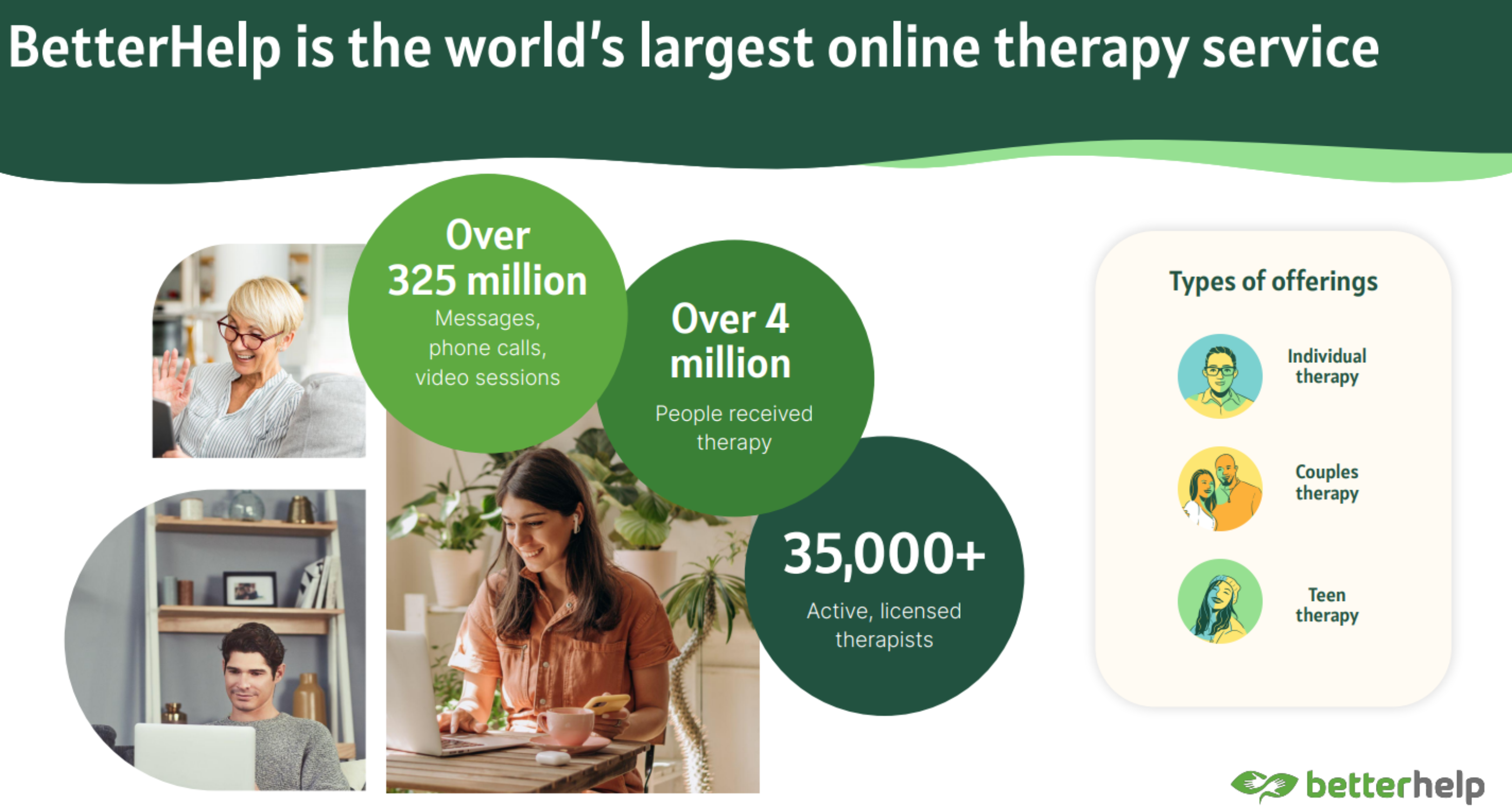Autogenic training
Autogenic training is a desensitization-relaxation technique developed by German psychiatrist Johannes Heinrich Schultz to induce a psychophysiological relaxation response. The technique was first published in 1932. While studying people immersed in a hypnotic state, J.H. Schultz noticed that physiological changes were accompanied by certain feelings.
The autogenic training technique involves repeating a series of visualizations that induce a state of relaxation and is based on passive observation of bodily perceptions (e.g., the weight and warmth of the arms and legs), which is facilitated by autosuggestion. The technique is used to alleviate many stress-induced psychosomatic disorders.
Autogenic training is a relaxation technique aimed at inducing feelings of calm and relaxation in your body to reduce stress and anxiety.

Specifically, it helps alleviate anxieties that arise from situations or conditions that can overwhelm us with stress, frustration, or sadness, according to Sanam Hafeez, PsyD, a neuropsychologist and faculty member at Columbia University.
German psychologist Johannes Heinrich Schultz developed autogenic training in the 1920s as a way to target physical expression of stress by using relaxation exercises to achieve a certain level of control over those processes.
Currently, the technique is often used in conjunction with cognitive-behavioral therapy, Hafeez says, but it can also stand on its own as a tool to help people cope with their stress.
Benefits
The goal of most relaxation techniques, including autogenic training, is to induce your body’s natural relaxation response by slowing your breathing, lowering your blood pressure, and ultimately creating a sense of greater well-being, according to the National Center for Complementary and Integrative HealthTrusted Source.
Psychological sexual games – which game are you playing?
Although originally developed as a way to teach people how to induce physical relaxation on their own, autogenic training is often used in counseling to manage anxiety symptoms, which Hafeez says includes all mental or physical manifestations of anxiety.
A 2008 review of studies found that relaxation training, including autogenic training, can consistently and significantly reduce some symptoms of anxiety.
“Conditions such as social anxiety disorder (SAD), generalized anxiety disorder (GAD), depression, and insomnia may benefit from autogenic training,” he explains. Hafeez.
Autogenic training also helps control everyday stress, and can be helpful during panic attacks.
Autogenic training – disadvantages and limitations
It should not replace your current treatment plan. If you are participating in psychotherapy or taking medication for anxiety, autogenic training should be an adjunct to your current treatment.
However, if you are trying techniques like progressive muscle relaxation and autogenic training on your own (or with a counselor or therapist) and are not experiencing any relief from stress, frustration, sadness, or anxiety, Hafeez says it is time to consult your internist for a referral to other mental health professionals who can help you assess how you are feeling and guide you in finding the right method to address your specific case.
How to do it
Practising autogenic training is most effective when done with a trained professional, such as a therapist. Once you’ve mastered the method, you can start using these relaxation techniques on your own.
Here, Hafeez shares the steps used in autogenic training to reduce stress and reduce some symptoms of anxiety.
Get comfortable. Before you begin, make sure you find a quiet, comfortable place to relax. Ideally, this should be the same place you use every time you practice relaxation techniques. You can do these exercises lying down or sitting up. Be sure to remove your glasses and loosen any tight clothing.
Start with breathing. The first step is to slow your breathing. Make sure you are in a comfortable position and start with slow, even breaths. Once you have controlled your breathing, say to yourself, “I am completely calm.” Saying this to yourself may even be enough to help you relax.
Focus your attention on different parts of your body. Start with your right arm and repeat the phrase, “My right arm is heavy, I am completely calm,” as you breathe slowly and controlled. Do this again with the other arm and leg, always returning to “I am completely calm.”
Redirect your attention to your heartbeat. Breathing deeply, repeat to yourself six times, “My heartbeat is calm and regular,” and then say, “I am completely calm.” This continues for different areas of your body, including your stomach, chest, and forehead.

Keywords: autogenic training, body-oriented therapy, grounding, meditation, somatic experiencing, Licensed therapist near me in Manhattan NYC, Affordable therapy services in New York State, Holistic psychotherapy sessions in NYC, Somatic Experiencing therapy for trauma recovery in New York City, NARM therapy in Brooklyn, Licensed couples therapy in Manhattan, Gestalt therapy near me in NYC, Marriage counseling in Queens NYC, Therapy for anxiety treatment in NYC, Experienced psychotherapist in New York, Licensed psychotherapist near me in NYC, Somatic Experiencing therapy sessions in New York, Trauma therapy and counseling in Manhattan, Gestalt therapy sessions in New York City, Therapy sessions for emotional regulation in New York, Trauma therapy near me in Brooklyn New York, Licensed mental health therapist in Manhattan NYC, Depression therapy in New York, New York City therapist experienced in PTSD treatment
*Photo: Getty Images
*Contact: Make an appointment
*For companies: Creative manager
“Black Mirror” – what does the series tell us?







